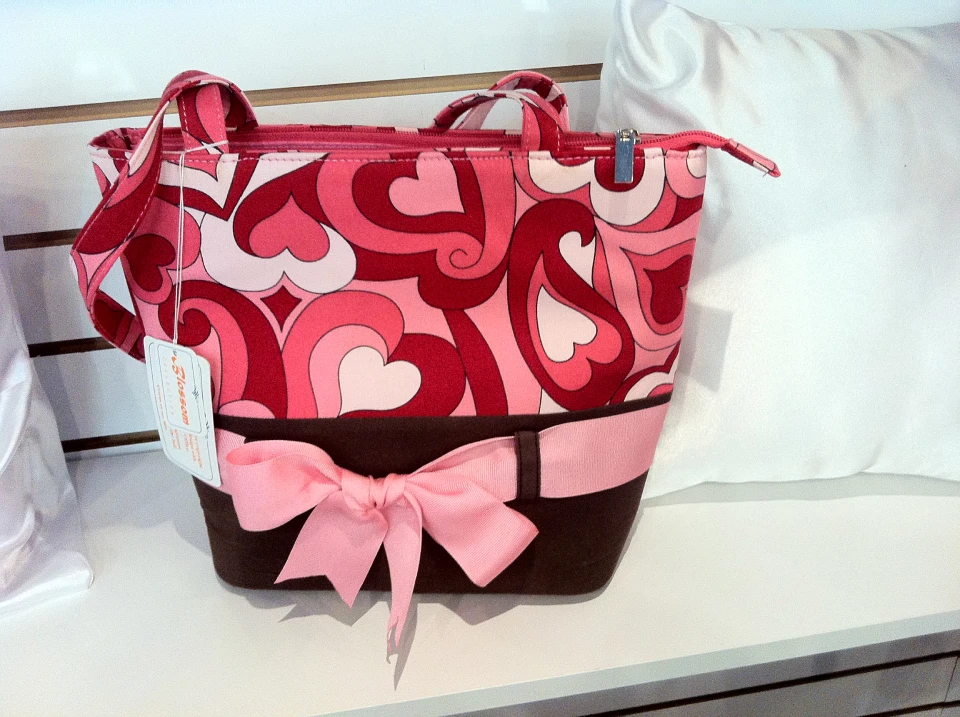Heat Transfer on T-Shirts and Aprons - Personalized Layouts and Logo Designs
Heat Transfer on T-Shirts and Aprons - Personalized Layouts and Logo Designs
Blog Article
The Art of Custom-made Embroidery: Unlocking the Tricks to Creating One-of-a-kind and Unforgettable Designs
The tricks to developing personalized needlework designs that mesmerize the eye and leave a long lasting impression lie in a fragile balance of strategy, imagination, and attention to information. As we delve right into the world of personalized embroidery, we reveal the nuanced interaction between thread selection, sew complexity, and layout personalization that boosts a mere garment to a job of art.
Choosing the Right Needlework Threads
When picking embroidery threads, what crucial variables should you consider to make sure the most effective outcomes for your custom designs? The option of needlework string is critical in determining the final result of your embroidered design. One of the primary considerations is the material of the thread. Different products such as cotton, polyester, rayon, and silk use differing degrees of luster, toughness, and appearance. It is vital to select a thread product that enhances the textile you are stitching on and straightens with the wanted appearance of the layout.
Furthermore, the weight or thickness of the thread plays a significant duty in the look of the needlework. Thicker strings can add measurement and texture to your layout, while finer strings are perfect for complex information and little message. Furthermore, considering the shade fastness and washability of the string is important to make certain that your personalized styles keep their top quality and vibrancy with time. By thoroughly examining these factors and picking top quality strings that meet your particular requirements, you can improve the aesthetic allure and longevity of your stitched developments.
Exploring Various Stitch Methods
To explore the realm of 'Discovering Different Stitch Techniques', one have to grasp the ins and outs and subtleties that each stitching technique offers the art of needlework. Various stitch strategies not only include visual passion however additionally add to the total appearance and dimension of the design. One prominent stitch technique is the satin stitch, which includes very closely stuffed parallel stitches to develop a smooth and glossy surface, suitable for filling out shapes and creating strong details.
On the various other hand, the backstitch is a versatile technique usually utilized for laying out and including great details. It involves stitching backwards to create a solid line of embroidery. Additionally, the French knot stitch adds a tactile aspect to layouts, perfect for producing distinctive accents like flower facilities or attractive touches.
Checking out various stitch techniques allows embroiderers to play with light, shadow, and deepness within their designs, elevating the visual charm and creative high quality of their embroidery projects. By mastering different stitching techniques, one can open unlimited possibilities for developing distinct and memorable custom needlework items.
Incorporating Personalized Design Aspects
Having discovered the complexities of various stitch strategies such as the satin stitch, backstitch, and French knot, the emphasis currently moves in the direction of incorporating individualized style elements in custom-made needlework tasks. Personalized layout aspects play a go to this web-site critical duty in making embroidery tasks really distinct and unforgettable.
An additional way to include tailored layout components is by including icons or motifs that hold unique definition to the recipient or show their rate of interests and personality. Integrating a favorite flower, pet, or hobby-related icon can make the embroidery layout much more meaningful and customized. In addition, choosing shades that resonate with the recipient or line up with the intended theme can further enhance the personalization of the embroidery task.
Understanding the Art of Color Sychronisation
One secret element of color coordination is understanding shade concept. This includes Web Site recognizing how various colors engage with each other, the emotions they share, and how they can be integrated to create aesthetically attractive designs. By using shade concept concepts, embroiderers can develop harmonious color schemes that enhance the overall appearance of the style.
In addition, taking note of comparison is essential in shade sychronisation. Making use of contrasting colors can help certain elements of the layout pop, improve clarity, and develop an aesthetically vibrant embroidery piece. By understanding the art of color sychronisation, embroiderers can boost their styles and create remarkable pieces that reverberate with customers and customers alike.
Enhancing Texture With Advanced Needlework Stitches

Bullion knots, on the other hand, can be utilized to create twisted, ropelike elements that include a glamorous feeling to the embroidery. Exploring with these innovative needlework stitches enables you to press the boundaries of typical needlework and develop really one-of-a-kind and aesthetically appealing structures in your layouts.
Conclusion
To conclude, the art of custom embroidery involves a mix of selecting the best strings, checking out numerous stitch techniques, incorporating tailored design components, understanding shade coordination, and improving appearance with innovative stitches. By comprehending and applying these crucial aspects, embroiderers can develop one-of-a-kind and memorable designs that display their imagination and skill. Embroidery fanatics can unlock the tricks to producing important source gorgeous and custom pieces that stick out and leave a long lasting impact.
Report this page